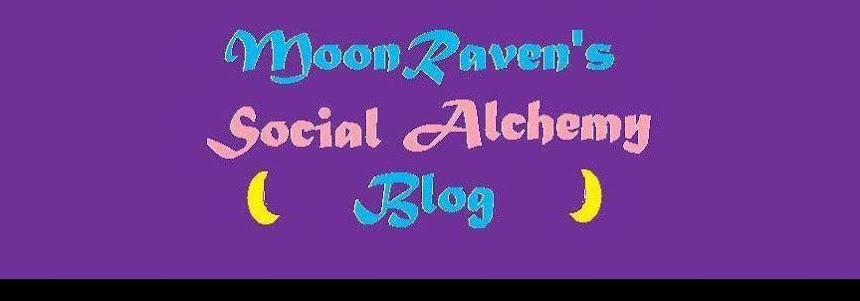Most of this post is going to be similar what I wrote in my post on Radical Political Theory (7/6/08). It’s based on the theories of Michael Albert and others (as written in the book, Liberating Theory and as an internet tutorial on ZNet). They basically combine Marxism, anarchism, feminism, and what they refer to as nationalism (as in Black Nationalism, Puerto Rican Nationalism, etc) into something they sometimes call complementary holism. (Not a great label as they admit.)
They start by talking about ‘four spheres of life’ which they believe are politics, economy, kinship (family stuff), and culture or community. They map these onto the major radical theories by saying that anarchism has the best analysis of politics, Marxism has the best analysis of economics, feminism has the best analysis of kinship, relationship, and family life, and ‘nationalism’ has the best cultural analysis. These folks don’t believe that any one analysis or oppression is primary, but these are all interwoven.
These are basically four aspects of society but they admit that there are also two other extra-social aspects: the environment (about which the ecology movement has the best analysis) and our relations with other societies (and here I think the peace and anti-imperialist movements have the best analysis).
My political analysis is simple. This society is pretty messed up and is ruining the environment and causing lots of problems for other societies. For detail, check out what the anarchists, Marxists, feminists, nationalists, radical ecologists, and anti-imperialists have to say.
Quote of the Day: “What the oppressor often succeeds in doing is simply externalizing his fears, projecting them onto the bodies of women, Asians, gays, disabled folks, whoever seems most ‘other’.
“But it is not really difference the oppressor fears so much as similarity. He fears he will discover in himself the same aches, the same longings… He fears the immobilization threatened by his own incipient guilt. He fears he will have to change his life once he has seen himself in the bodies of the people he has called different.” - Cherrie Moraga

